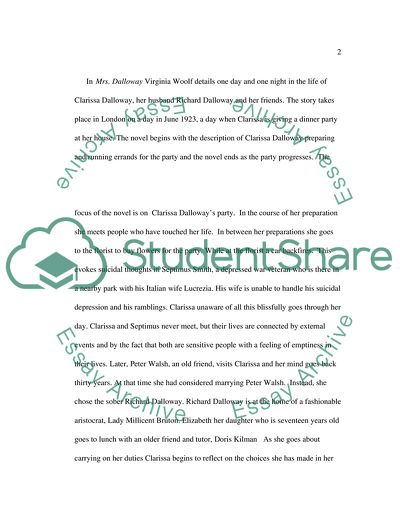Cite this document
(Analysis of Mrs Dalloway Novel by Virginia Woolf Research Paper, n.d.)
Analysis of Mrs Dalloway Novel by Virginia Woolf Research Paper. Retrieved from https://studentshare.org/literature/1731330-mrs-dalloway
Analysis of Mrs Dalloway Novel by Virginia Woolf Research Paper. Retrieved from https://studentshare.org/literature/1731330-mrs-dalloway
(Analysis of Mrs Dalloway Novel by Virginia Woolf Research Paper)
Analysis of Mrs Dalloway Novel by Virginia Woolf Research Paper. https://studentshare.org/literature/1731330-mrs-dalloway.
Analysis of Mrs Dalloway Novel by Virginia Woolf Research Paper. https://studentshare.org/literature/1731330-mrs-dalloway.
“Analysis of Mrs Dalloway Novel by Virginia Woolf Research Paper”, n.d. https://studentshare.org/literature/1731330-mrs-dalloway.


